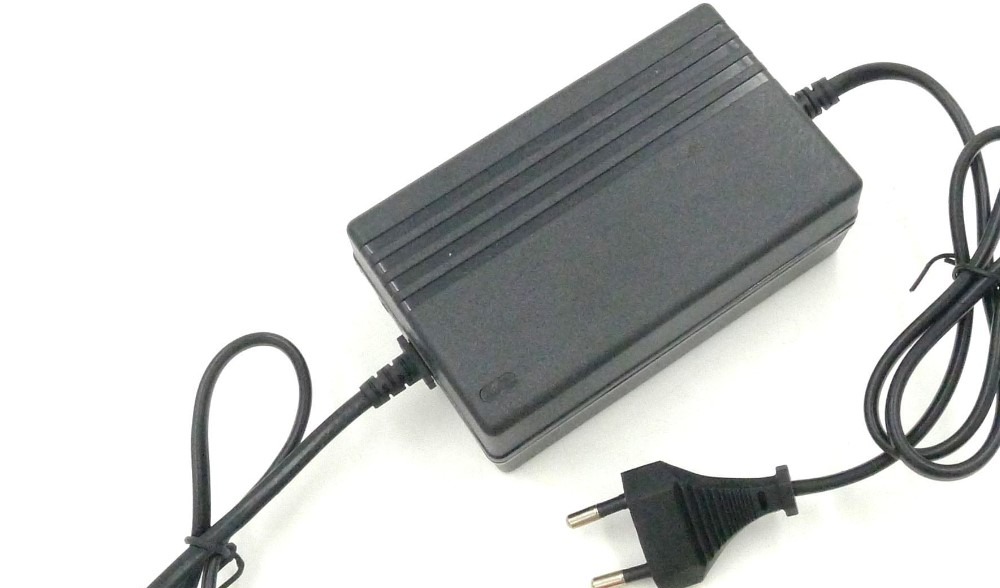Lead acid battery chargers are an important part of lead acid battery maintenance. But what is a lead acid battery charger, and how does it work? In this blog post, we’ll answer those questions and more! So, keep reading to learn more about lead acid battery chargers!
Lead-acid batteries can be utilized in a variety of settings and machinery. They are utilized in everything from emergency lighting solutions to power sump pumps in case the electricity goes out, as well as preventing flooding. Perhaps most crucially, they are utilized to in automobiles. These batteries are one of the most durable and dependable for automobiles, with a higher voltage. Undoubtedly, the appropriate charger is a must when using these applications. Knowing that your battery is fully charged when you need it most will make all the difference in how useful it is.

How to Use Lead Acid Battery Charger
1. Make sure you’re charging your car battery using the appropriate charger. Look in your vehicle’s owner’s handbook for more information (or consult with your auto dealer or experienced mechanic).
2. Read the charger’s instructional leaflet to be sure you understand how it works and what precautions are required. Pay close attention to all of the cautionary messages.
3. Remove the battery cables from the battery terminals. Remove the negative (black) cable first, then the positive (red) cable.
4. Check to see whether the charger is plugged into an electrical outlet and that the switch is off.
5. Connect the positive charger cable to the positive (+) battery terminal and the negative cable to the negative (-) battery terminal.
6. Decide whether you want to charge the battery gradually (trickle charging) or rapidly. For a trickle charge, choose a lower charging voltage and current, while for a faster charge, use a higher voltage and current. Check the charger’s user guide for the proper settings. Trickle charging is highly beneficial.
7. Select how long the charger will operate for and whether it will automatically turn off when battery is full. This option is not always available on all chargers.
8. While the battery is charging, leave charger and cables in one place.
9. When the battery is fully charged, turn off your charger and unplug it.
10. Disconnect the cables in reverse order, beginning with the negative cable and finishing with the positive cable.

Finding a Lead Acid Battery Charger
When looking for the best lead-acid battery charger, there are a few factors to consider. First, you should ensure that the charger you’re considering will work with your battery and not the other way around. Many lead-acid battery chargers can charge a variety of batteries, so this isn’t an issue. However, it’s better to be safe than sorry.
It’s also critical to verify that you understand both the battery’s voltage and capacity, so you can pick a charger with enough power to fully charge it. The charger should be capable of charging batteries with the same voltage.
Finally, consider how you will utilize the battery. Is it for a sump pump? Do you have an electric scooter or an e-bike? Whatever the case may be, how quickly you need it back in action each day will determine how you utilize it. You’ll want to select a charger that provides enough charge speedily depending on your demands.
A lead acid battery charger can preserve your battery in excellent working order and increase its life span. So don’t be afraid to conduct your own research, depending on the usage you intend to put it to.
Recommended Product: 13.6V 1.7A-2A Lead-acid Battery Charger
Conclusion
The lead acid battery charger provides electrical current to recharge the batteries. A battery charger is an essential piece of equipment for any car owner. By understanding the different types of battery chargers and their features, you can choose the best one for your needs. We’ve provided a buyer’s guide to help you make the right decision when it comes to purchasing a new car battery charger. You can check out our list of top lead acid battery chargers here.
